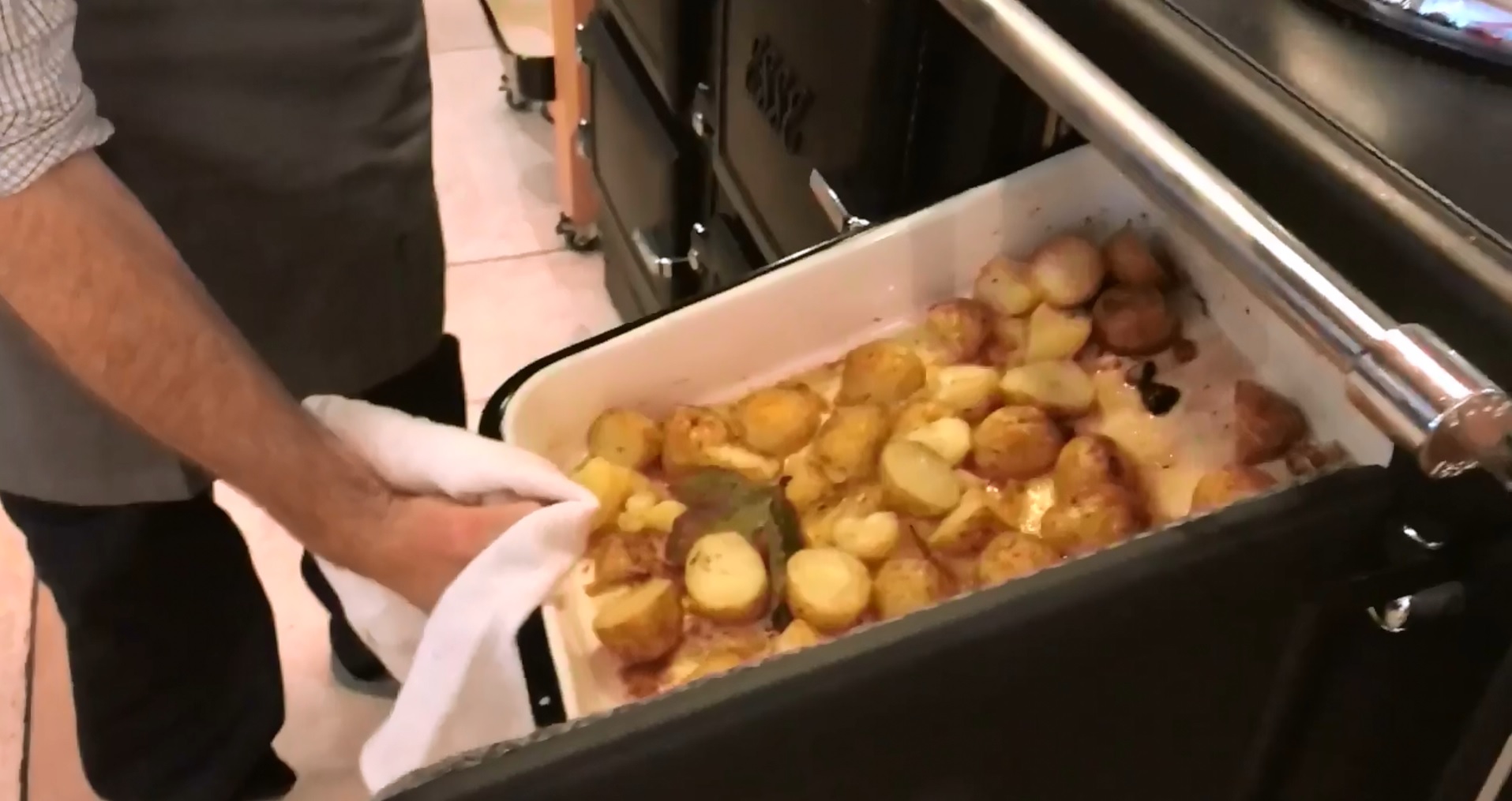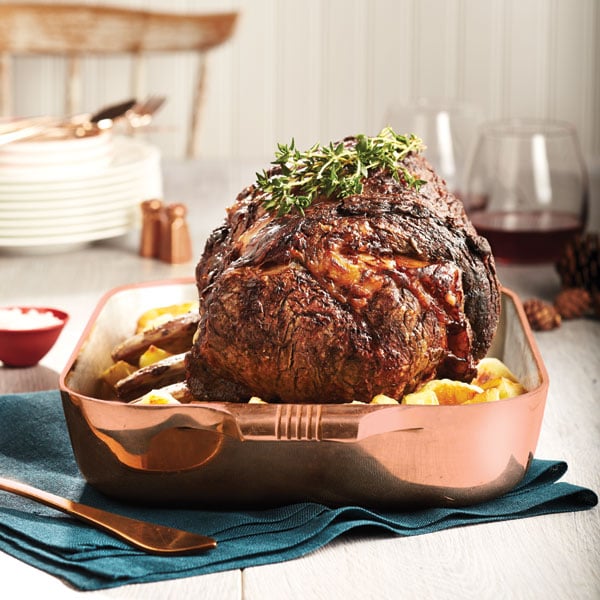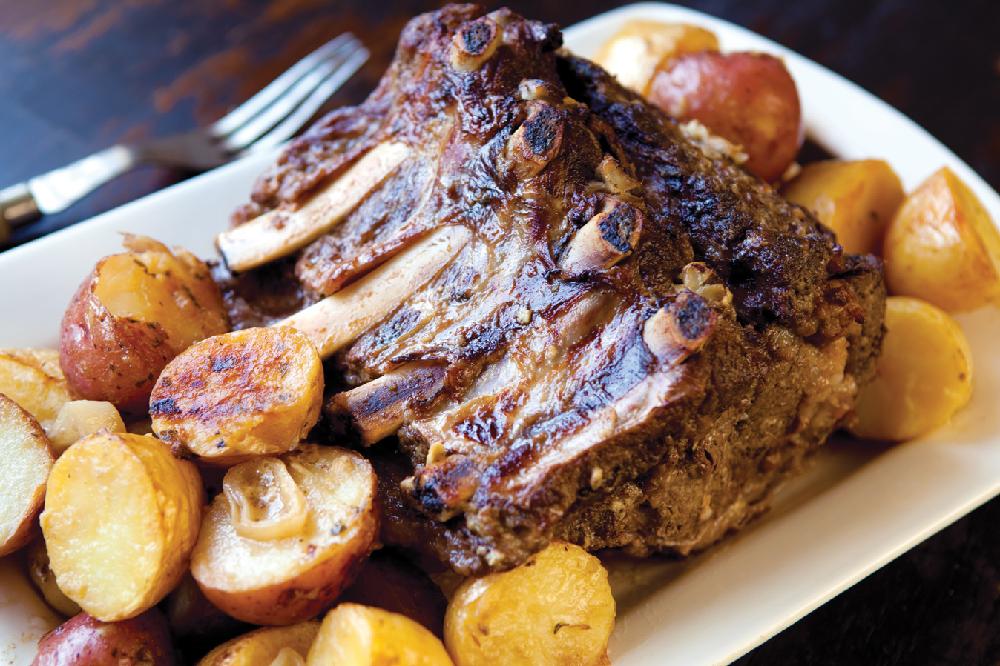Roasting is an art form that combines wit, humor, and a dash of audacity to create unforgettable moments. Whether you're a seasoned roaster or just starting out, mastering the ultimate roast can elevate your social skills and leave a lasting impression on your audience. In this comprehensive guide, we'll explore everything you need to know about roasting, from its origins to advanced techniques.
Roasting has become a popular form of entertainment in modern culture, appearing in everything from stand-up comedy routines to online memes. But what makes a roast truly memorable? It's not just about delivering insults; it's about doing so with style, timing, and a touch of humor that keeps the audience engaged.
This article will take you through the ins and outs of roasting, covering everything from the history of roasting to practical tips for crafting the perfect roast. Whether you're looking to improve your comedic timing or simply want to add some spice to your conversations, this guide is for you.
Read also:Is Amc Popcorn Refillable
Table of Contents:
- The History of the Ultimate Roast
- Understanding the Art of Roasting
- Techniques for Delivering the Perfect Roast
- Examples of Memorable Roasts
- Roast Etiquette: Dos and Don'ts
- The Psychology Behind Roasting
- Roasting in the Digital Age
- Tools and Resources for Aspiring Roasters
- Benefits of Mastering the Ultimate Roast
- Conclusion
The History of the Ultimate Roast
Roasting has deep historical roots that trace back to ancient civilizations. In its earliest forms, roasting was a way to challenge authority, provoke thought, and entertain audiences. One of the earliest examples of roasting can be found in Greek and Roman satire, where poets and playwrights used humor to criticize societal norms and political figures.
In modern times, the art of roasting gained popularity through comedy shows and public events. The "roast" as we know it today often involves a gathering of friends, comedians, or celebrities who take turns delivering witty insults to a chosen "victim." This format became especially prominent in the 20th century with the rise of comedy clubs and television specials.
Early Examples of Roasting
- Greek and Roman satirical plays often featured characters who mocked authority figures.
- Medieval jester performances included elements of roasting, where jesters would poke fun at royalty and nobility.
- 20th-century comedy clubs in the United States popularized the modern roast format.
Understanding the Art of Roasting
At its core, roasting is about using humor to deliver pointed critiques or insults. However, the best roasts are more than just mean-spirited jabs; they require skill, creativity, and an understanding of the audience. A well-crafted roast should leave the audience laughing while maintaining a level of respect for the person being roasted.
There are several key elements to consider when developing your roasting skills:
- Delivery: Timing and tone are crucial to ensuring your roast lands effectively.
- Context: Understanding the situation and the relationship between the roaster and the roastee is essential.
- Humor: The best roasts incorporate clever wordplay, irony, and situational humor.
Key Elements of a Great Roast
Great roasts share common characteristics that make them memorable. These include:
Read also:Silverado Resort In Napa Valley
- Relevance: The roast should reference something specific about the person or situation.
- Balance: It should strike a balance between humor and respect, avoiding unnecessary cruelty.
- Originality: Avoid clichés and strive for unique, creative insults that showcase your wit.
Techniques for Delivering the Perfect Roast
To master the ultimate roast, you need to develop a repertoire of techniques. Here are some strategies to help you refine your roasting skills:
Using Wordplay and Puns
Wordplay is a powerful tool in the roaster's arsenal. By using puns and clever turns of phrase, you can create roasts that are both humorous and intellectually stimulating. For example:
- "You're so bad at video games, even the 'Easy' mode feels like a challenge."
- "Your jokes are so old, they qualify for Medicare."
Employing Irony and Exaggeration
Irony and exaggeration can amplify the impact of your roasts. By saying the opposite of what you mean or taking things to absurd extremes, you can create memorable lines that resonate with your audience. For instance:
- "You're so tall, you could probably touch the moon—if you stood on the shoulders of giants."
- "Your cooking skills are so impressive, even microwave meals tremble in your presence."
Examples of Memorable Roasts
History is filled with examples of iconic roasts that have left a lasting impression. Here are a few notable ones:
- Don Rickles' legendary roasts of Frank Sinatra and other celebrities.
- Roast battles in popular TV shows like "The Roast" on Comedy Central.
- Internet memes that have gone viral for their witty and creative roasts.
Internet Memes as Modern Roasts
In the digital age, memes have become a popular medium for roasting. These visual jokes often combine humor with cultural references, creating roasts that are both relatable and shareable. Some of the most popular meme formats include:
- Distracted Boyfriend: A classic meme format used to roast relationships and priorities.
- Mocking SpongeBob: A versatile template for creating witty and humorous roasts.
Roast Etiquette: Dos and Don'ts
While roasting can be a lot of fun, it's important to follow certain guidelines to ensure it remains a positive experience for everyone involved. Here are some dos and don'ts to keep in mind:
- Do: Keep it light-hearted and avoid personal attacks.
- Don't: Cross the line into bullying or harassment.
- Do: Respect boundaries and be mindful of the roastee's feelings.
- Don't: Use offensive language or touch on sensitive topics without permission.
Setting Boundaries in Roasting
Before engaging in a roast, it's important to establish boundaries with the roastee. Discuss what topics are off-limits and agree on a level of intensity that feels comfortable for everyone involved. This ensures that the roast remains a fun and enjoyable experience for all parties.
The Psychology Behind Roasting
Roasting taps into several psychological principles, including humor theory and social dynamics. Understanding these principles can help you craft more effective roasts:
- Superiority Theory: People often find humor in situations where someone else appears to be inferior or clumsy.
- Relief Theory: Roasting can provide a sense of relief by breaking tension or addressing uncomfortable truths.
- Affiliation Theory: Shared laughter through roasting can strengthen social bonds and create a sense of camaraderie.
The Impact of Roasting on Relationships
Roasting can have both positive and negative effects on relationships. When done correctly, it can enhance trust and intimacy by promoting playful banter. However, if taken too far, it can damage relationships by causing hurt feelings or resentment. Striking the right balance is key to ensuring that roasting strengthens rather than weakens your connections with others.
Roasting in the Digital Age
With the rise of social media and online platforms, roasting has taken on new dimensions. Digital roasts can reach wider audiences and generate more engagement, but they also come with unique challenges:
- Visibility: Online roasts can go viral, amplifying their impact and reach.
- Permanence: Once posted, digital roasts can be difficult to erase, so it's important to think before you post.
- Feedback: The immediate feedback from online audiences can help refine your roasting skills.
Leveraging Social Media for Roasting
Social media platforms like Twitter, Instagram, and TikTok offer fertile ground for roasting. By leveraging these platforms, you can share your roasts with a global audience and receive instant feedback from followers. However, it's important to be mindful of the potential consequences and adhere to community guidelines to avoid negative repercussions.
Tools and Resources for Aspiring Roasters
If you're looking to improve your roasting skills, there are several tools and resources available to help you:
- Comedy Workshops: Enroll in comedy workshops to hone your delivery and timing.
- Online Courses: Take advantage of online courses that teach the fundamentals of humor and public speaking.
- Books and Articles: Read books and articles on comedy theory and roasting techniques to deepen your understanding.
Recommended Books for Roasting
Here are a few books that can help you master the art of roasting:
- "How to Be Funny: Discovering the Comic in You" by Daniel S. Levine
- "The Comedy Bible: From Stand-up to Sitcom - The Comedy Writer's Ultimate How-to Guide" by Judy Carter
Benefits of Mastering the Ultimate Roast
Becoming a skilled roaster offers numerous benefits, both personally and professionally:
- Improved Communication Skills: Roasting requires quick thinking and effective communication, skills that are valuable in many areas of life.
- Enhanced Social Connections: Sharing laughter through roasting can strengthen relationships and foster a sense of community.
- Increased Confidence: Mastering the art of roasting can boost your self-assurance and make you more comfortable in social situations.
Professional Advantages of Roasting
In professional settings, roasting can be used to break the ice, lighten the mood, and build rapport with colleagues. Whether you're delivering a keynote speech or leading a team meeting, incorporating roasting into your communication style can make you more engaging and memorable.
Conclusion
Roasting is a powerful form of humor that can enhance your social interactions and improve your communication skills. By understanding the history, techniques, and psychology behind roasting, you can develop the skills needed to deliver the ultimate roast. Remember to respect boundaries, maintain a sense of humor, and always strive for creativity and originality in your roasts.
We invite you to share your thoughts and experiences in the comments below. What are some of your favorite roasts? How has roasting impacted your life? And don't forget to explore our other articles for more tips and insights on mastering the art of humor!


